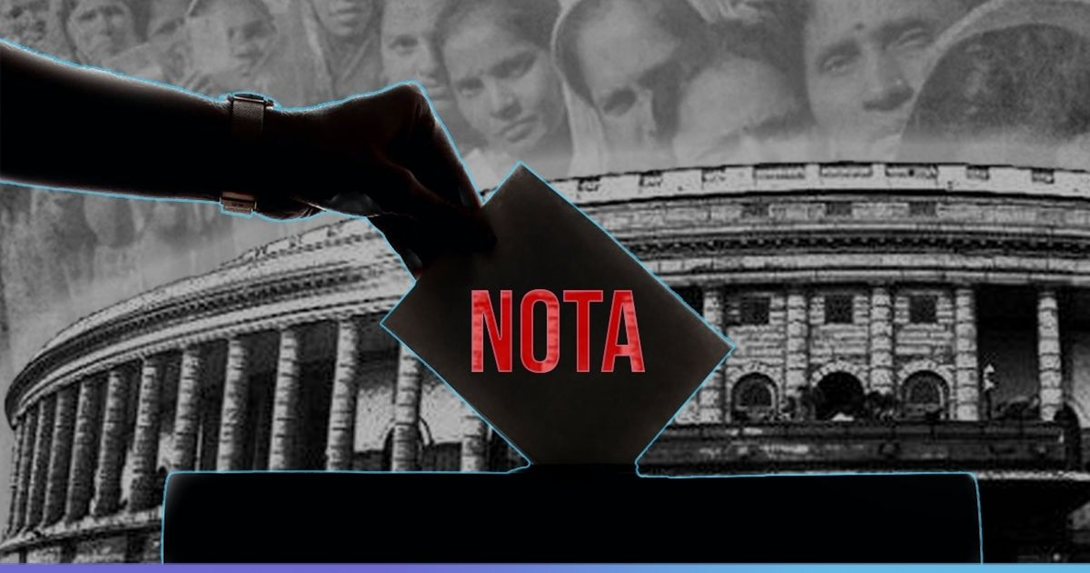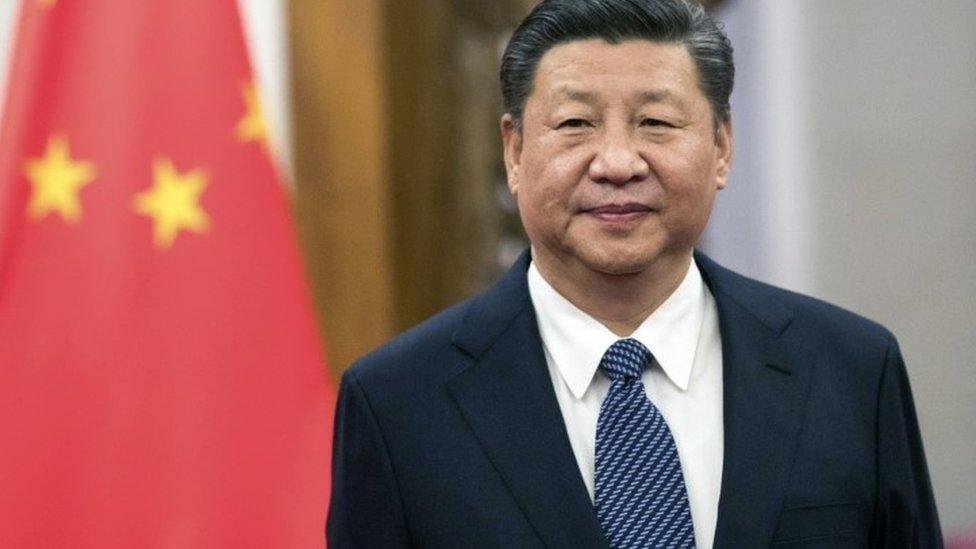- Courses
- GS Full Course 1 Year
- GS Full Course 2 Year
- GS Full Course 3 Year
- GS Full Course Till Selection
- Answer Alpha: Mains 2025 Mentorship
- MEP (Mains Enrichment Programme) Data, Facts
- Essay Target – 150+ Marks
- Online Program
- GS Recorded Course
- Polity
- Geography
- Economy
- Ancient, Medieval and Art & Culture AMAC
- Modern India, Post Independence & World History
- Environment
- Governance
- Science & Technology
- International Relations and Internal Security
- Disaster Management
- Ethics
- NCERT Current Affairs
- Indian Society and Social Issue
- NCERT- Science and Technology
- NCERT - Geography
- NCERT - Ancient History
- NCERT- World History
- NCERT Modern History
- CSAT
- 5 LAYERED ARJUNA Mentorship
- Public Administration Optional
- ABOUT US
- OUR TOPPERS
- TEST SERIES
- FREE STUDY MATERIAL
- VIDEOS
- CONTACT US
Supreme Court’s Notice to Election Commission on NOTA
Supreme Court’s Notice to Election Commission on NOTA
30-04-2024

The Supreme Court recently issued a notice to the Election Commission regarding a plea calling for fresh elections in a constituency where the NOTA 'none of the above' option on the EVM received the maximum votes.
About NOTA (None of the Above):
- Definition: NOTA is a ballot option that allows voters to express their lack of support for any candidate contesting the election.
- Empowerment of Voters: NOTA empowers the voters to express their opinion and dissatisfaction towards the available candidates.
- Privacy and Right of Rejection: It gives voters the right to reject candidates while maintaining their Privacy.
History of NOTA:
-
First Use: NOTA was first introduced in the 2013 Assembly elections in 5 states-
- Chhattisgarh
- Mizoram
- Rajasthan
- Delhi
- Madhya Pradesh
- Supreme Court Directive: In 2013, the Supreme Court of India directed the Election Commission of India to include "None of the Above" (NOTA) as an option in the elections for the Lok Sabha and corresponding state legislative assemblies.
- The directive came in the People's Union of Civil Liberties (PUCL) v. Union of India case.
- The Supreme Court ruled that Indian citizens have the right to access information about political candidates under Article 19(1)(a) of the Indian Constitution.
Casting a NOTA Vote:
- EVM Option: The NOTA option in Electronic Voting Machines (EVMs) is located at the bottom of the candidates' list.
- Simplified Process: Previously, voters had to inform the presiding officer at the polling booth to cast a negative ballot. Now, voters can simply press the NOTA option on the EVM.
Validity of NOTA Votes:
- Counting: The Election Commission has clarified that NOTA votes are counted but are considered 'invalid votes.'
- Election Outcome: Even if NOTA votes receive the most votes in a constituency, the candidate with the second-highest number of votes is declared the winner.
FAQs:
Q1: What is Voter Verifiable Paper Audit Trail (VVPAT)?
- Voter verifiable paper audit trail (VVPAT) or verifiable paper record (VPR) is a method of providing feedback to voters using a ballotless voting system.
- A VVPAT is intended as an independent verification system for voting machines designed to allow voters to verify that their vote was cast correctly, to detect possible election fraud or malfunction, and to provide a means to audit the stored electronic results.
- It contains the name of the candidate (for whom vote has been cast) and symbol of the party/individual candidate.
- Voter Verifiable Paper Audit Trail (VVPAT) machines are used during election process to verify that the vote polled by a voter goes to the correct candidate.
- VVPATs are a second line of verification and are particularly useful in the time when allegations around Electronic Voting Machines’ tampering crop up.
- Working procedure of VVPATs After a voter presses the button on the EVM against the chosen candidate, the VVPAT prints a slip containing name of the candidate and the election symbol and drops it automatically into a sealed box.
- The machines give the chance for the voter to verify their vote.
- The machine is placed in a glass case in a way that only the voter can see it.
- The slip is displayed to the voter for 7 seconds after which the VVPAT machine cuts it and drops in into the storage box with a beep.



